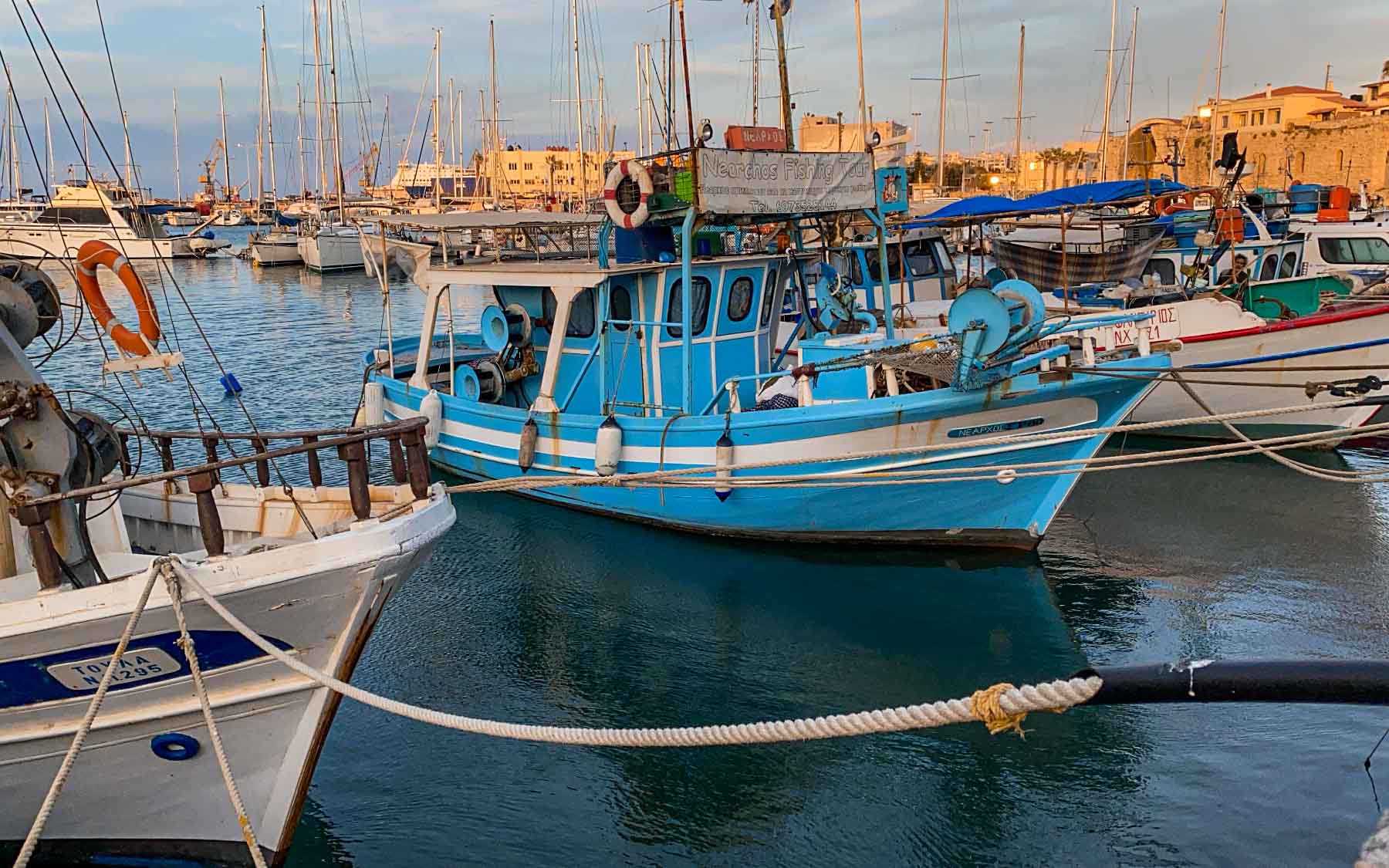
On December 1, 1913, the island of Crete was officially integrated into the Greek state after Sultan Mehmet V had finally relinquished all sovereignty over the island exactly a month earlier.
Crete’s liberation from Ottoman rule was the result of a violent struggle that lasted close to a century and cost a great deal of blood to gain, as Cretans joined Greece’s War of Independence on June 14, 1821, according to most historians.
However, on Sunday, December 1, 1913, the official announcement of the island’s union with Greece took place in a festive atmosphere in sunny Chania in the presence of King Constantine and Prime Minister Eleftherios Venizelos.
The day Crete was unified with Greece
That day, the white and blue, alongside Byzantine flags, was hoisted across the city and the whole island. Incredibly, this marked the first time that a Greek king had landed on the island since Byzantine Emperor Nikiforos Fokas, who reigned from 963-969, and who had kicked the Arabs out of Crete.
According to the Athenian newspaper Estia’s correspondent from Chania, the events culminated at 11:50 in the morning, when Revolutionary War veterans Anagnostis Mantakas, 94, and Hatzimichalis Giannaris, 88, raised the Greek flag at the Firkas fortress, to the reports of 101 cannons fired off by Greek warships in celebration.
Crete had fallen into the hands of the Ottomans on October 4, 1669, when their army entered Chandakas (present-day Heraklion), putting an end to 465 years of Venetian rule, which had lasted from 1204 to 1669.
Despite the fact that many fled the island, Cretans never really knuckled under to their new rulers. Two uprisings in the following decades, the “Movement of 1692” and the “Revolt of Daskalogiannis” in 1770, failed. They nevertheless showed the Ottomans that Cretans did not accept their rule over them.
In 1821, Cretans joined mainland Greece in the national uprising, but their efforts did not succeed due to the large number of Ottomans and Ottoman Cretans on the island and the dearth of armaments.
Still, uprisings against the conquerors continued with undiminished intensity. In 1833, it was the “Movement of Mournia”; in 1841 the “Revolt of Hairetis and Vasilogeorgis”; in 1858 the “Movement of Mavrogenis”; and in 1866 to 1869, the “Great Cretan Revolution” took place.
The unrest went on with the “Revolution of 1878,” the “Revolution of 1889,” and the “Revolution of 1897-1898,” when Crete finally gained its autonomy with the blessing of the Great Powers after the shocking atrocities committed by the Ottomans in Heraklion on August 25, 1898.
Crete had resisted Ottoman rule for years
On November 2, 1898, the last Ottoman soldier finally left Cretan territory. It was that year when Crete came under the protection of both the Great Powers and only the high sovereignty of the Sultan.
A separate Cretan state was established from 1898 to 1913, with Greece’s King George as Commissioner and a government consisting of five Christians and one Muslim since, in 1900, about 25 percent of the island’s inhabitants were Muslim.
The dominant political figure of that period was a young lawyer by the name of Eleftherios Venizelos, who soon came into conflict with King George. The “Revolt in Therissos” on March 10, 1905, organized by Venizelos, forced the Greek king to resign from power and hand over the high commission to Greek politician Alexandros Zaimis.
The main demand of the insurgents was the immediate union of Crete with Greece.
Greece’s victory in the Balkan Wars (1912-1913) that many attribute to the insightful policies of Greek Prime Minister Eleftherios Venizelos, accelerated these political developments.
On May 30, 1913, the Sultan signed away all his rights to Crete with the Treaty of London (Article 4), while, with a special treaty, he resigned his sovereignty on the island on November 1, 1913.
Finally, Crete was free and its union with Greece had become a reality at last.
In 1923, with the population exchange between Greece and Turkey, the last Muslims left Crete. Most of them settled on the shores of Asia Minor.
From then on, Crete became an integral part of Greece despite a rumor saying that in 2013—a hundred years from the 1913 treaty—a secret article stipulated that the island could secede from Greece and become independent.
See all the latest news from Greece and the world at Greekreporter.com. Contact our newsroom to report an update or send your story, photos and videos. Follow GR on Google News and subscribe here to our daily email!



